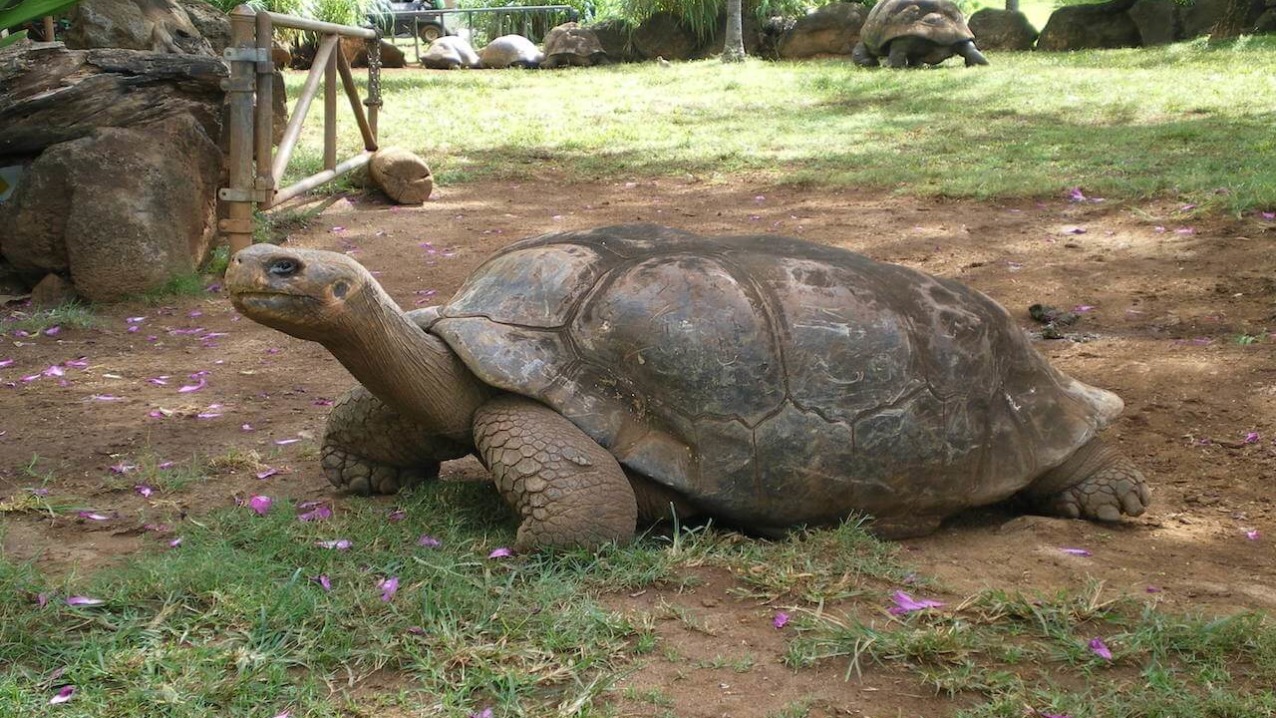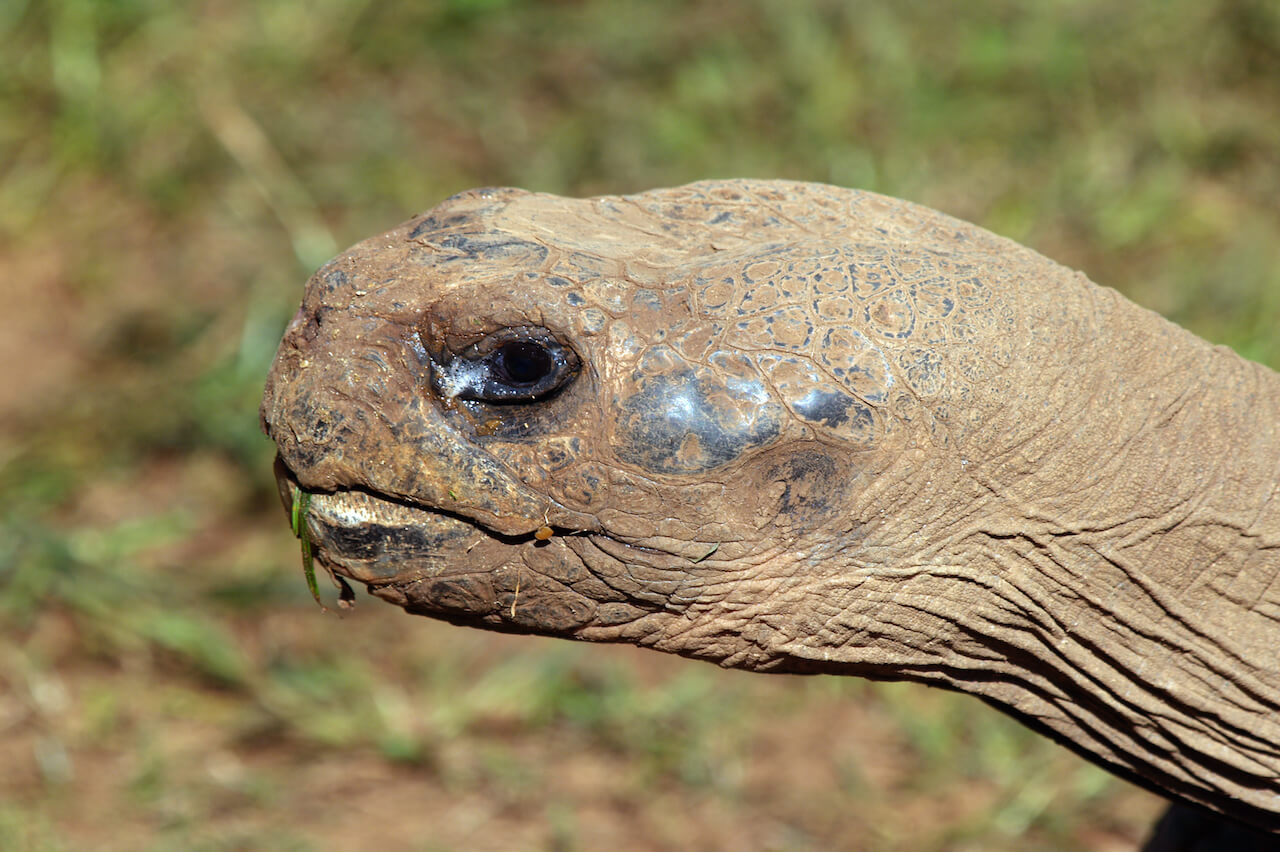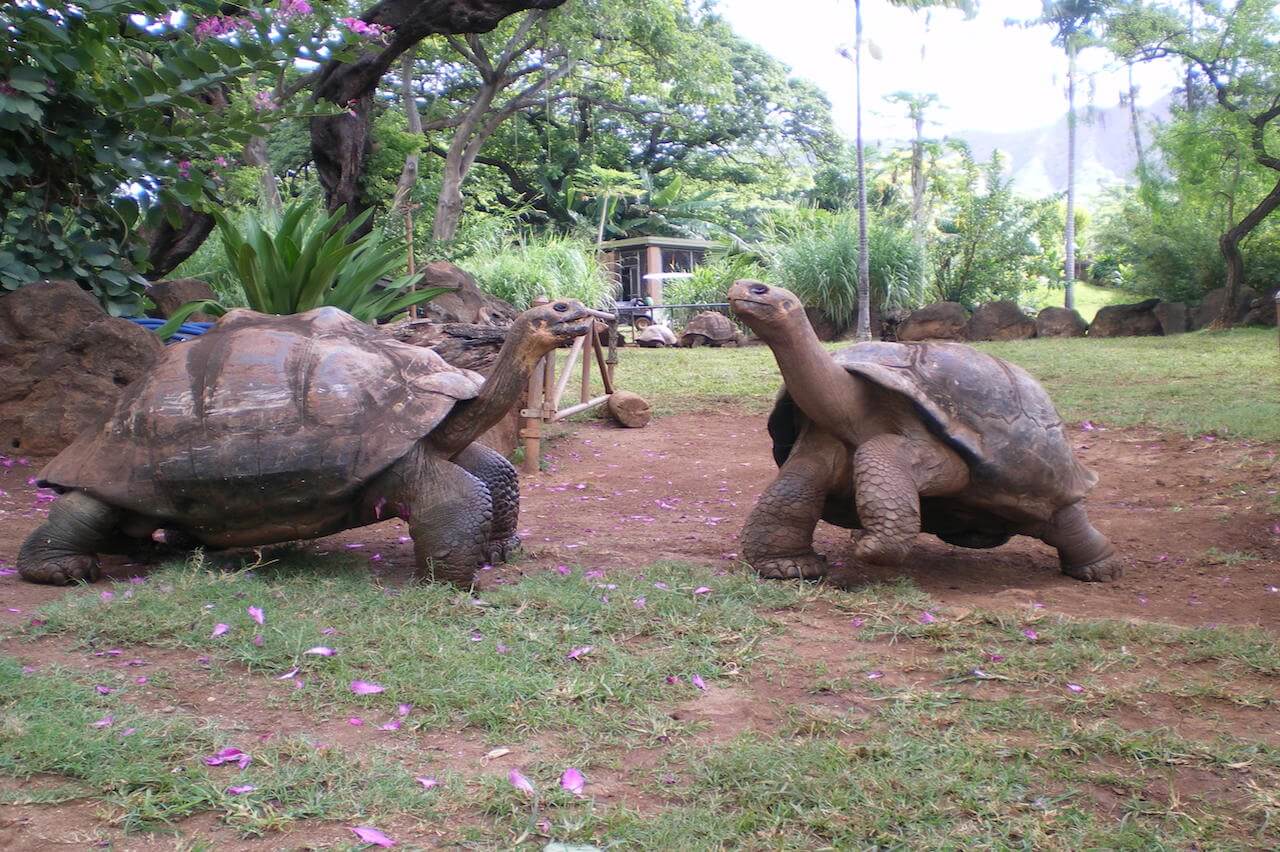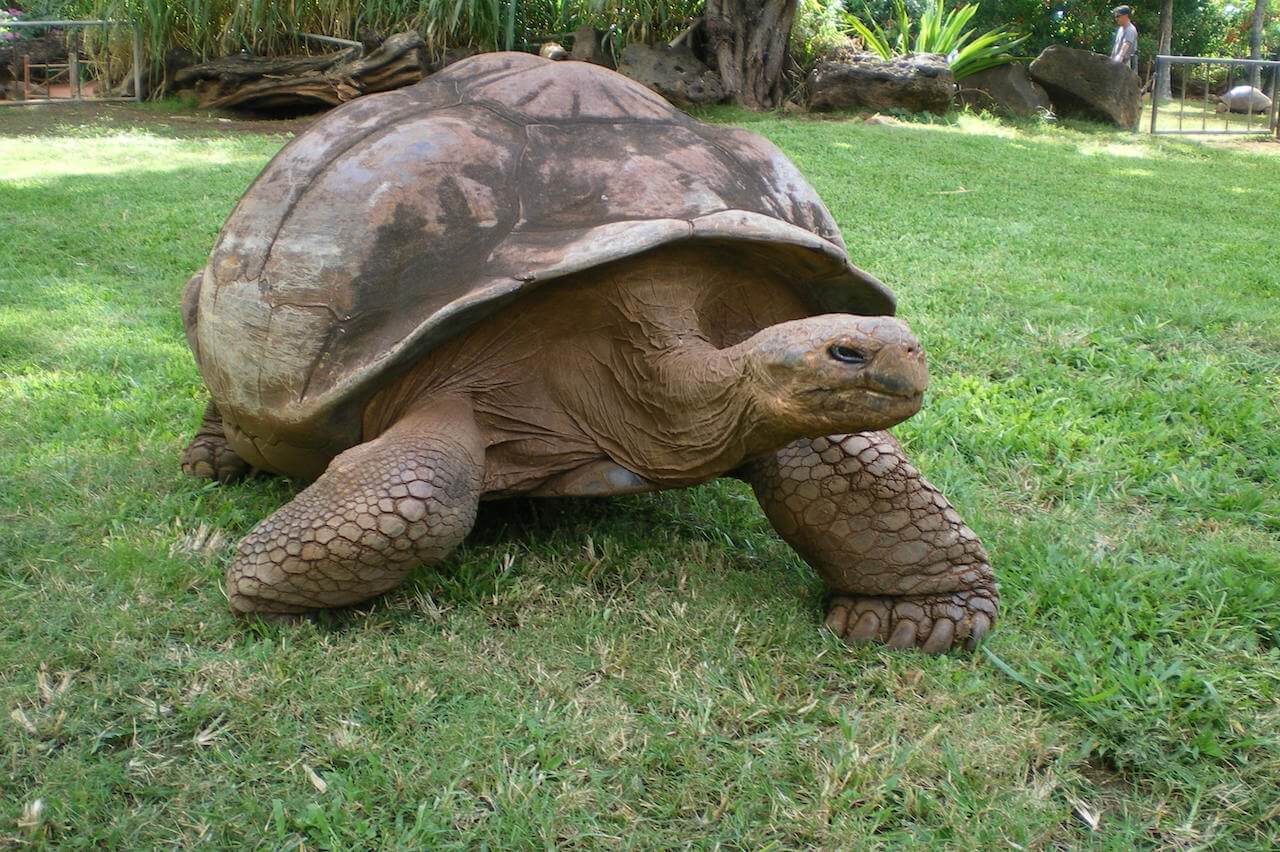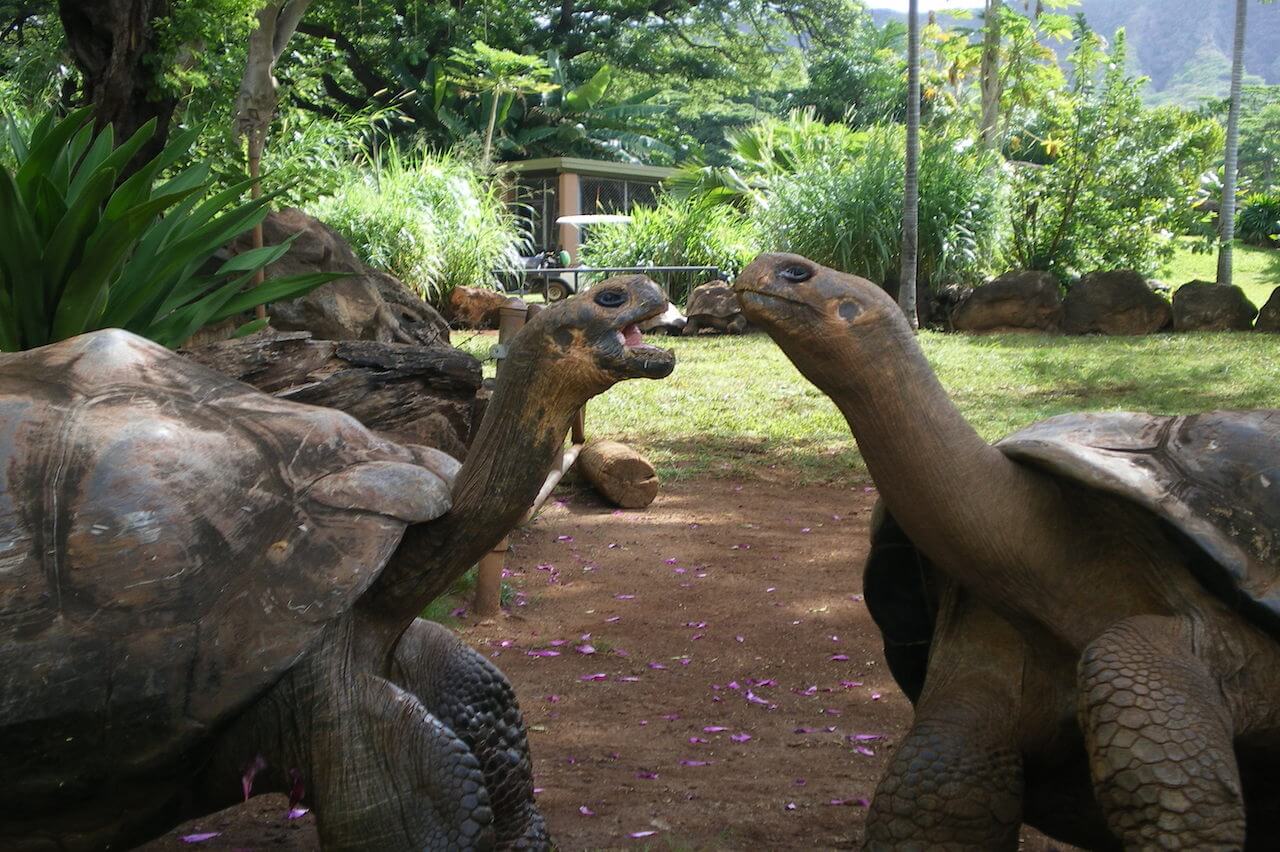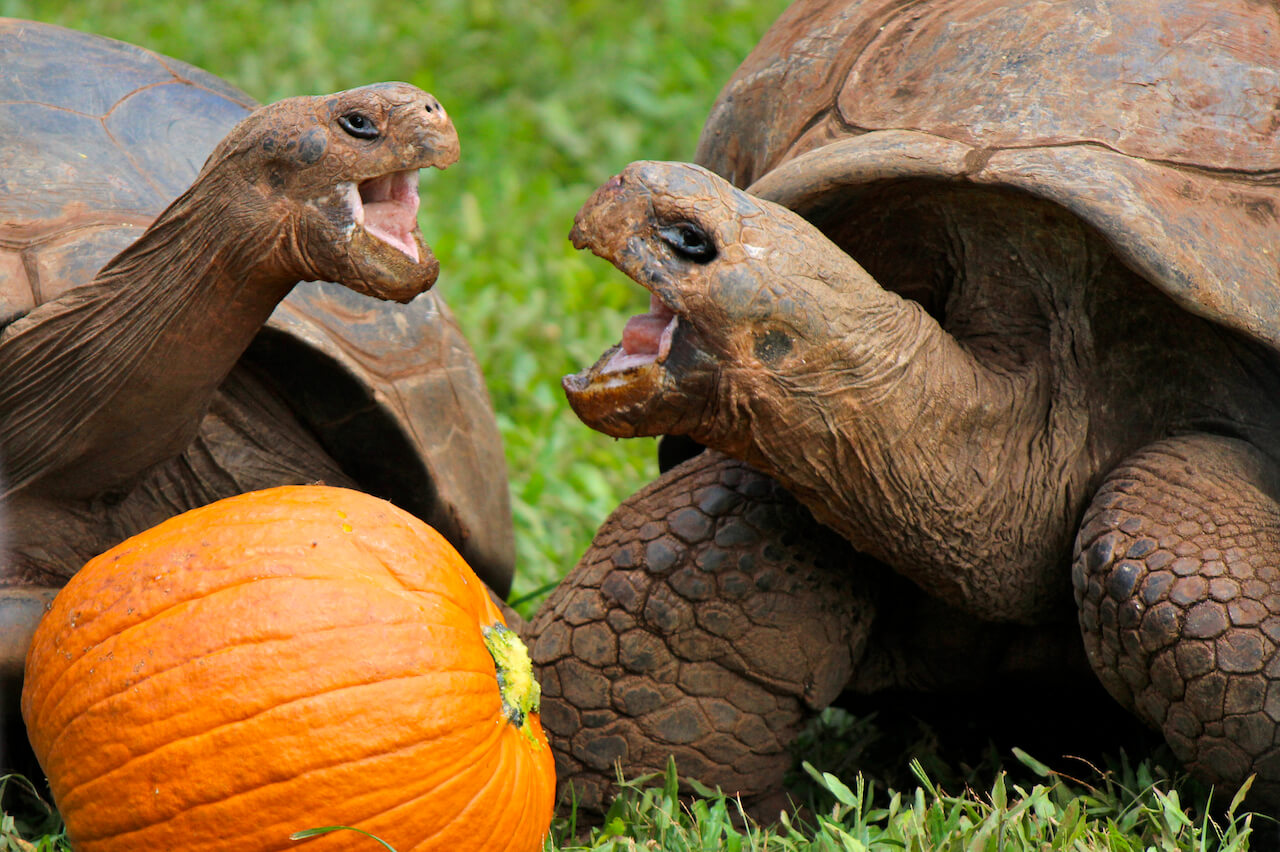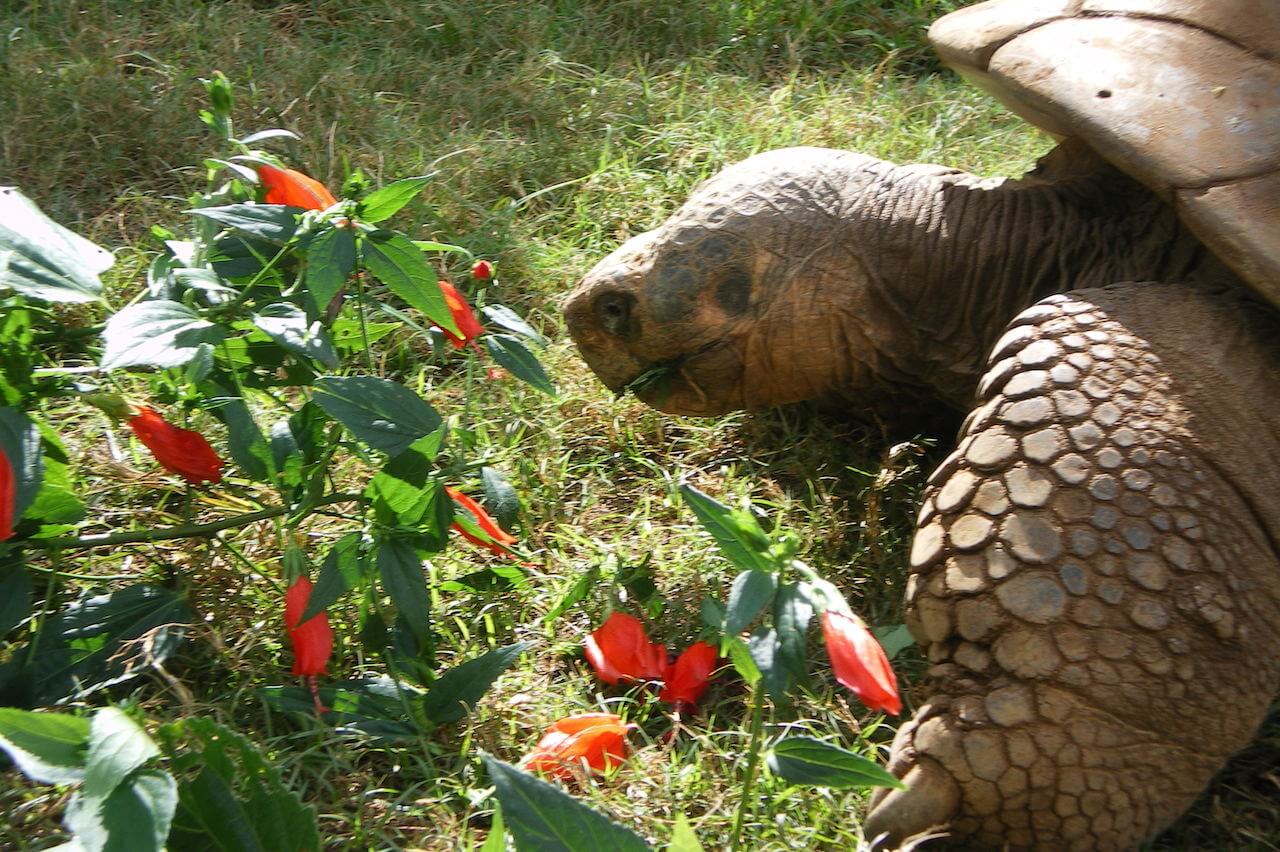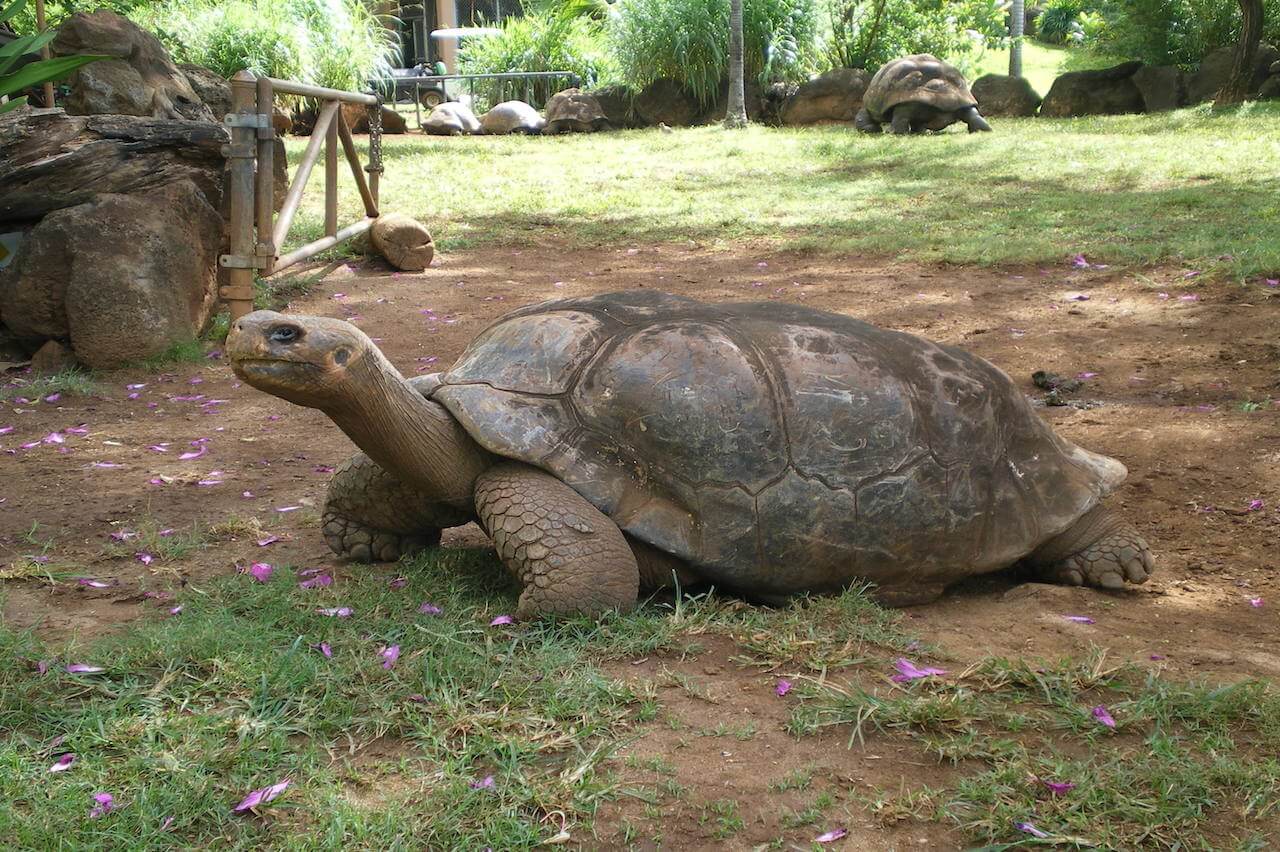geochelone elephantopus
Galapagos Tortoise
About Me
Scientific Name: Geochelone elephantopus
Description
The giant tortoise leads a generally peaceful, lazy life. He wakes up between 7:00 and 8:00 in the morning and basks in the sun as his bulky body warms. The rest of the day he spends grazing and browsing. The tortoise retires at 4 or 5 in the afternoon, spending the cool night half submerged in mud or water or burrowed into dense brush. This keeps the tortoise warm and the conserved body heat probably aids digestion.
Fun Facts
- Galapagos tortoises vary in size from 29 inches (shell length) and 60 pounds to 4 feet and 700 pounds.
- The tortoise retires at 4 or 5 in the afternoon, spending the cool night half submerged in mud or water or burrowed into dense brush.
- Kingdom: Animalia
- Phylum: Chordata
- Class: Reptilia
- Order: Testudines
There are 14 described subspecies of the Galapagos tortoise of which 11 still exist, some with only small populations. There are “dome-shelled” and “saddle-backed” Galapagos tortoises. Where ground vegetation is the main source of food the animals are dome-shelled. Those that feed on higher growing cactus have a curved shell front to allow their longer neck to reach the pads.
Galapagos tortoises vary in size from 29 inches (shell length) and 60 pounds to 4 feet and 700 pounds. There is little variation in color, overall dull-brown being standard. The male has concave underside, which facilitates mating.
9,000 to 10,000 tortoises survive on the Galapagos archipelago, 600 miles west of Ecuador. Ancestors of these reptiles may have floated there on clumps of vegetation disgorged from rivers of the continent. Another species of giant tortoise is found on the Indian Ocean island of Aldabra off East Africa.
The giant tortoise leads a generally peaceful, lazy life. He wakes up between 7:00 and 8:00 in the morning and basks in the sun as his bulky body warms. The rest of the day he spends grazing and browsing. The tortoise retires at 4 or 5 in the afternoon, spending the cool night half submerged in mud or water or burrowed into dense brush. This keeps the tortoise warm and the conserved body heat probably aids digestion.
Tortoises have symbiotic relationships with other animals, such as between the tortoise and the finch. The tortoise will extend its neck to allow the finch to pick off ticks.
The Galapagos tortoise is a generalized herbivore feeding on grasses, vines, cactus fruit, and other vegetation. It eats the fruit of the manzanello tree and fallen fruits and spiny pads of the prickly pear. In the zoo they eat natural grasses, bananas, apples, papayas and lettuce.
The mating season usually occurs between January and August, when the males stalks about looking for a female. Courting begins with ramming her with the front of his shell and nipping her exposed legs until she draws them in, immobilizing herself.
The Honolulu Zoo received some of the first specimens of Galapagos Tortoise, which were collected and presented to the Zoo by famed naturalist, Charles Haskins Townsend, in 1932. Some of the larger animals in today’s exhibit were among that group, and were probably 3 to 4 years old when collected. In 1954, the Zoo achieved the first successful breeding of the Galapagos tortoise in captivity, and has helped several other zoos establish colonies of the endangered animal.
Name Sex DOB
Jaws M 07-23-1929 wild born
Sam M 07-23-1929 wild born (Died 2002)
Charlotte F 07-23-1929 wild born
Stacy F 08-09-1969 captive born
Tootsie F 08-10-1969 captive born
Trisha F 08-11-1969 captive born
Tessie F 08-11-1969 captive born
Name Sex DOB
Sheri F 08-12-1969 captive born
Alf M 08-15-1969 captive born
Christine F 08-22-1969 captive born
Carla F 06-03-1970 captive born
Hermie M 10-11-1970 captive born
Toby M 12-06-1974 (from St. Paul Zoo) wild born
Speedy F 08-05-1990 captive born
Other Reptiles
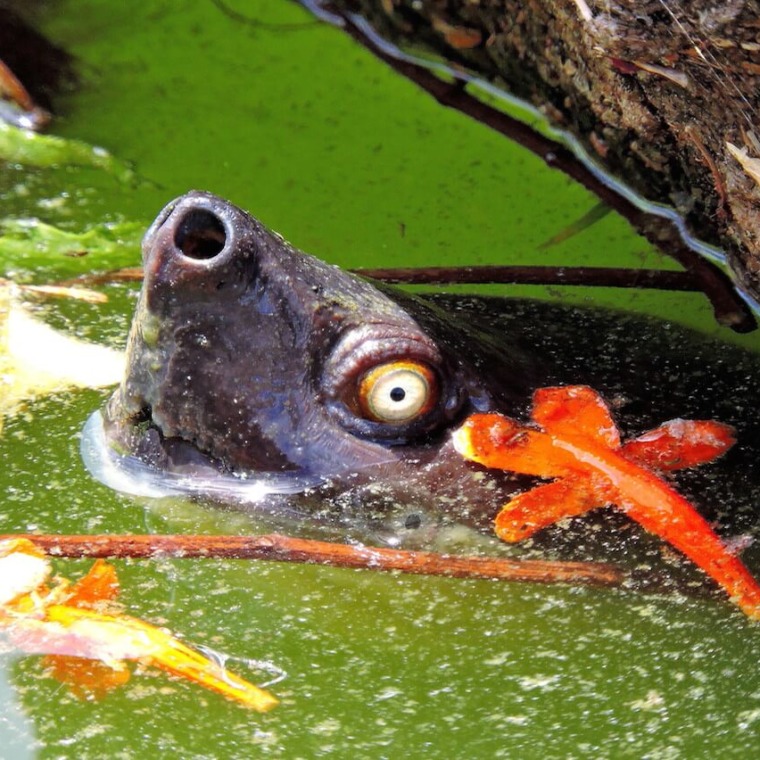
The last populations of Tutong are found in India, Indonesia, Bangaladesh, and Malaysia. It is extinct in its former range of Thailand, Myanmar, Vietnam, and Singapore.
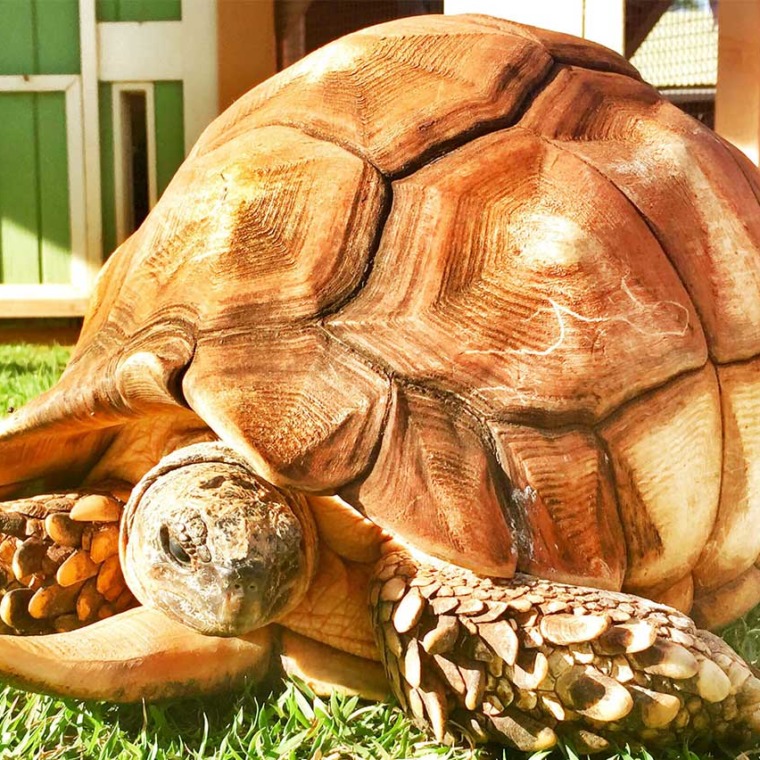
Inactive during cool, dry season (May to October). Does not dig burrows. Seeks protection in thickets and seeks shelter in surface litter. Forages during morning and late afternoon.
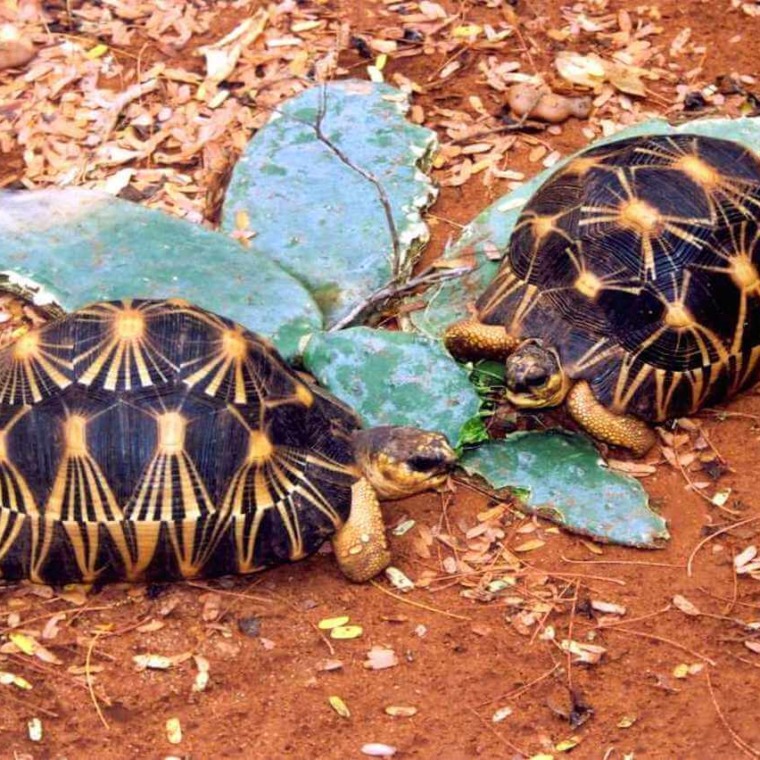
In the wild, this reptile is relegated to the extreme south and south-western portions of Madagascar. In recent times, they have also been introduced to the nearby island of Reunion.
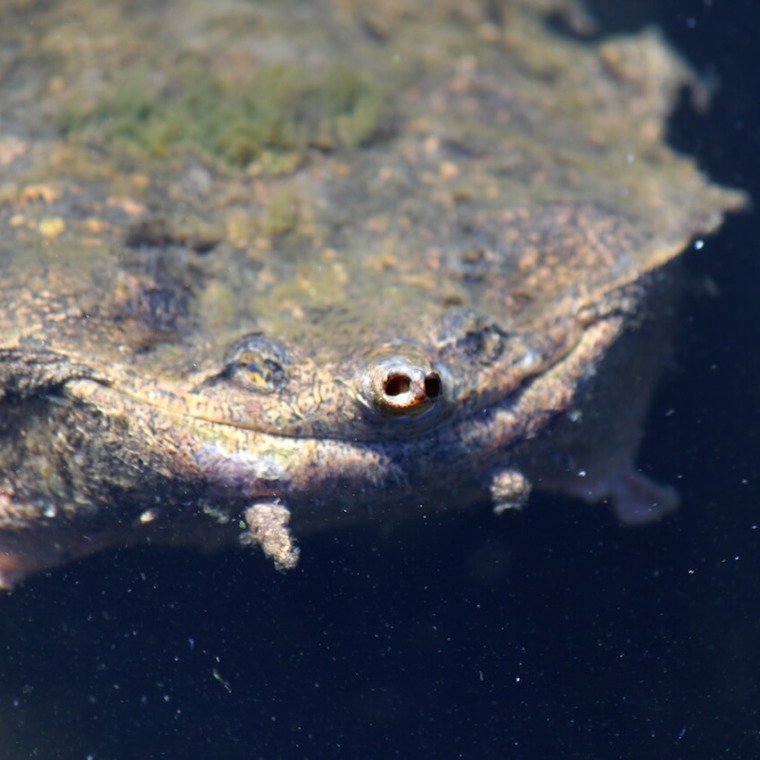
This species inhabits stagnant pools in Brazil and the Guianas and also in parts of the Amazon River and in Trinidad.
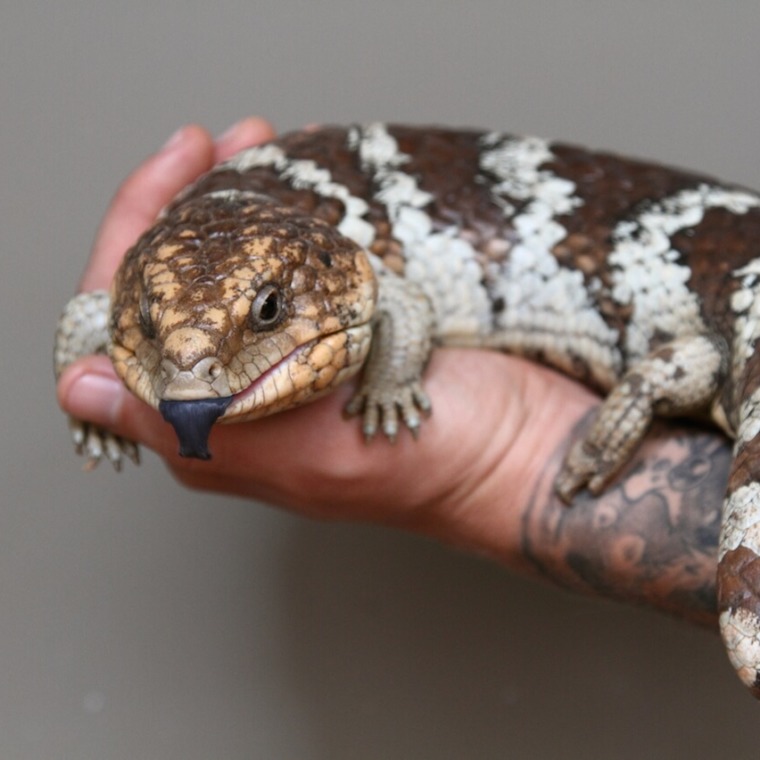
The Shingleback skink is found in southern and western Australia, in desert grassland areas or sandy dunes. Skinks are shy and secretive and seldom stray far from their shelter.


